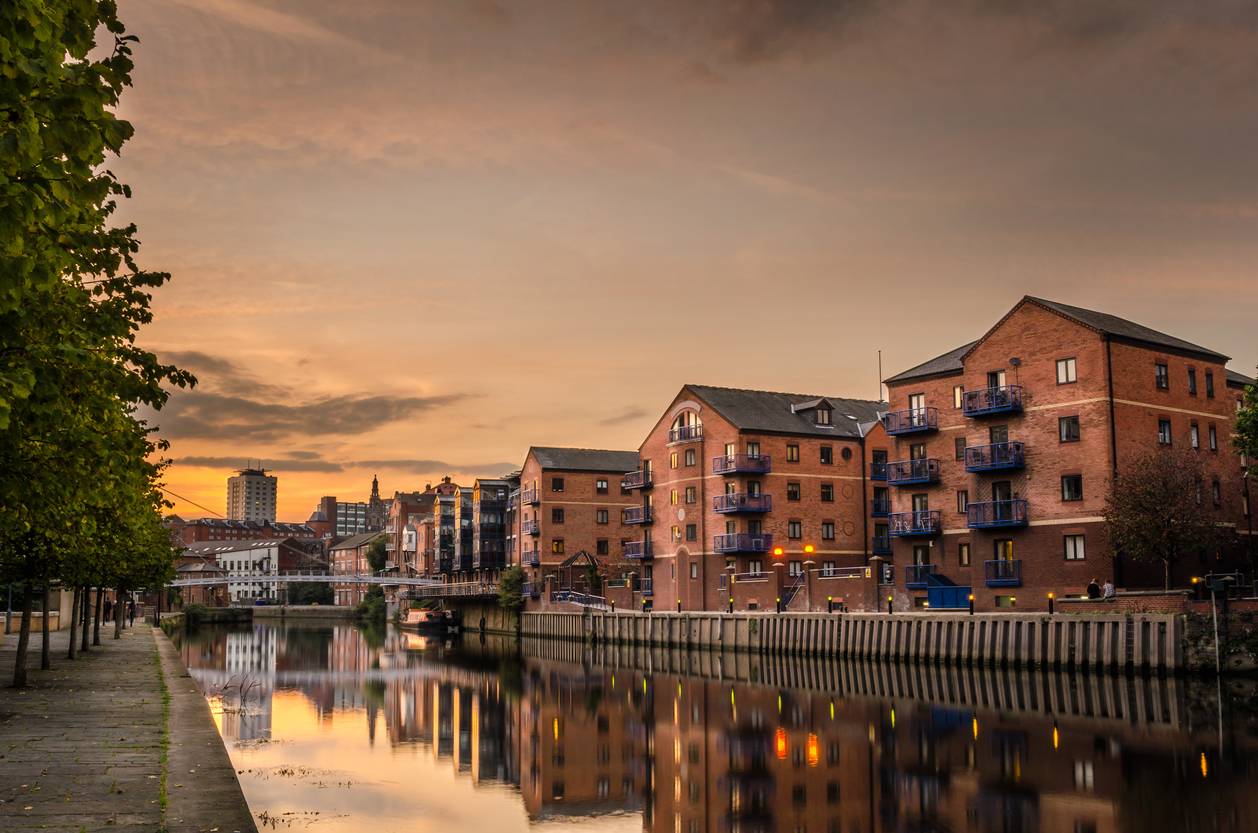As the UK property market returns to strength, buy-to-let investors have a prime opportunity to build out their portfolios. But which cities are becoming BTL hotspots?
Jamie Johnson, CEO of FJP Investment, explores the new property landscape that the COVID-19 pandemic has created and offers his advice to prospective BTL investors.
Almost no investment strategy could’ve prepared one adequately for the sudden onset of COVID-19. With financial markets exhibiting unprecedented uncertainty, and no end of the pandemic in sight, investors are no doubt treading lightly to minimise their risk exposure.
Here in the UK, we have seen a significant number of investors turning to the real estate market. Based on recent statistics, we can observe that demand for residential property has been rising at a significant rate, resulting in growing house prices and increased transactional activity.
Much of this activity can be attributed to the implementation of the stamp duty land tax (SDLT) holiday in July, ensuring that all homebuyers were exempt from paying the tax on the first £500,000 on all properties in England and Northern Ireland. This exemption also applied to buy-to-let (BTL) purchases.
The subsequent jump in demand triggered a surge in market activity, itself resulting in an uptick in property price growth. Halifax’s September house price index showed that, even in the midst of a pandemic, house prices had increased by over 7% year-on-year; and a recently released survey by the Royal Institute of Charted Surveyors revealed that we’re now experiencing an 18-year-high in the rate of UK house price growth.
So, with the UK property market booming, it follows that buy-to-let investments would be in vogue. As the SDLT holiday deadline beckons closer, those seeking a BTL investment would do well to quickly decide whether or not they wish to add to their property portfolio.
But where’s the ideal place to purchase such a property? And where, over the next decade, is likely to emerge as the UK’s next BTL hotspot?
Halifax’s September house price index showed that, even in the midst of a pandemic, house prices had increased by over 7% year-on-year
Changing preferences for rental properties
There’s one thing we know for certain about the UK’s next BTL hotspots: they will not be confined to central London. Figures from Rightmove recently demonstrated the extent in which newly-home-bound professionals are seeking larger, cheaper properties outside of central London; as companies adopt working-from-home en masse and, subsequently, move to smaller commercial real estate spaces.
Buyer enquiries regarding cities like Cambridge are up 76%, whereas locales like Earls Court and Euston are down -40% and -10% respectively. This shows that buyers are clearly looking beyond the capital to consider potentially cheaper properties that also offer additional lifestyle benefits. No doubt this type of behaviour is also being adopted by renters seeking cheaper accommodation in order to reduce rental payments and save enough money for a deposit.
Looking to the different cities and regions attracting significant attention from BTL investors, I have detailed below some of the hotspots that should be on the radars of these buyers.
Leeds life
When comparing cities for BTL investment, Leeds has the advantage of being recently deemed the ‘most profitable city to become a landlord in the north of England’; according to CIA Landlord.
Although not offering the highest rental yields, the combination of low average property values and a bustling student population means this Yorkshire city is primed and ready to offer considerable long-term gains for property investors over the coming 12 months.
And not only does the student population offer an endless stream of tenants, but Leeds’ exclusive status as a ‘brain gain’ city, shared with only Manchester and London, means that more of these students remain in the city after graduation than those that move away. One consequence of this is that the city hosts the nation’s largest financial services sector outside London, potentially attracting investment from companies eager to move out of their expensive London offices following COVID-19.
[ymal]
Liverpool
Those aware of the UK’s BTL market will already know that Liverpool has ranked #1 in numerous rankings of UK cities in terms of potential BTL rental yields. As a key beneficiary of the UK Government’s ‘Northern Powerhouse’ initiative and with six universities and colleges in total, Liverpool is ideally situated to be a willing recipient of those leaving London for larger, cheaper accommodation.
For BTL investors, there are thankfully multiple developments to choose from. Five entire neighbourhoods are soon to be completed as part of the Liverpool Waters development, and the Wirral Waters plan will bring both residential and commercial developments alongside 25 miles of the River Mersey.
And, thankfully, these developments are being matched with an adequate level of infrastructure. High-speed rail connections between Leeds, Manchester and Liverpool are due to be finished within half a decade, likely increasing the average property value in these cities immediately upon completion.
Shining beacon of property
Coronavirus has demonstrated to investors, consumers, and homeowners the attractiveness of real estate during uncertain times. Buy-to-let investments allow for investors to take advantage of property’s unique survivability; ensuring rental dividends and the potential for long-term capital growth. And with the UK’s housing crisis still very much unsolved, there continues to be a real market need for rental accommodation.
I’m confident that the cities I’ve described above will enjoy an influx of BTL investment before the end of the SDLT holiday in March next year. I anticipate new communities of renters to emerge across the country over the coming months, with more people looking to locations that offer affordable living accommodation and significant lifestyle benefits. While I still think London will remain a leading global city, BTL investors would do well to consider rising rental hotspots.












